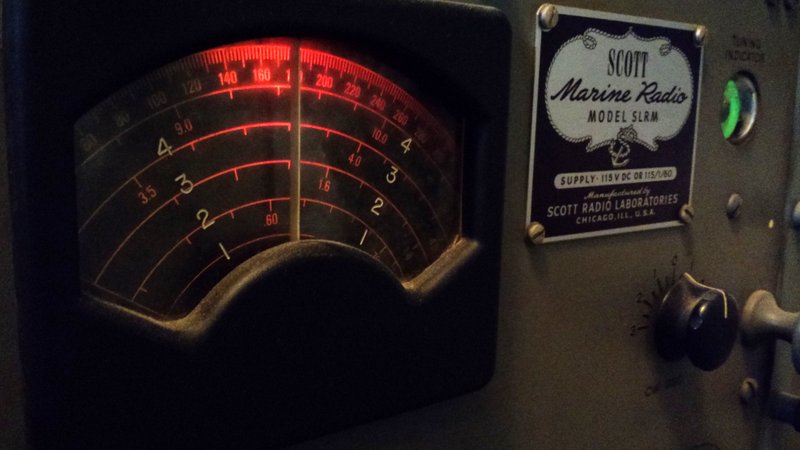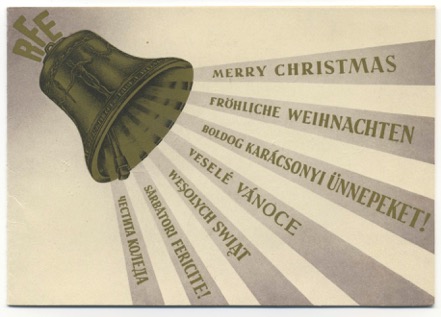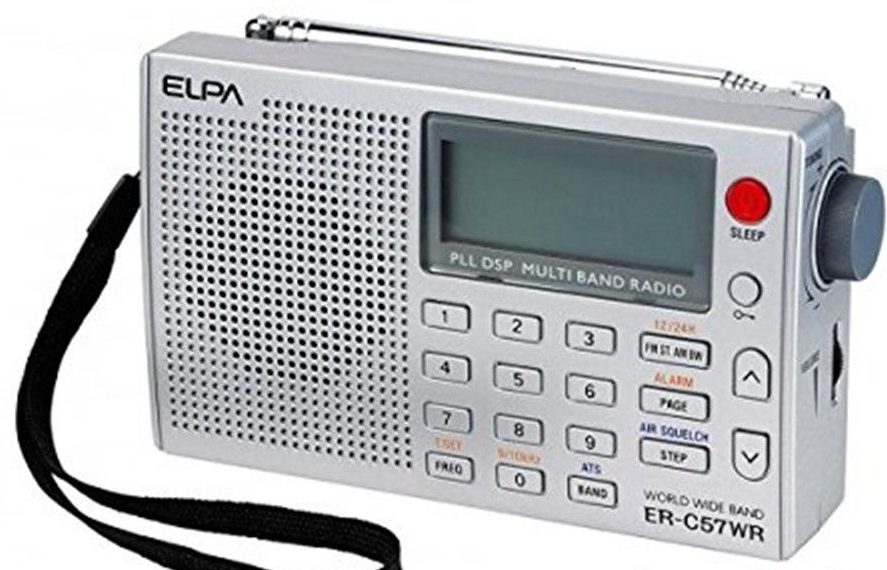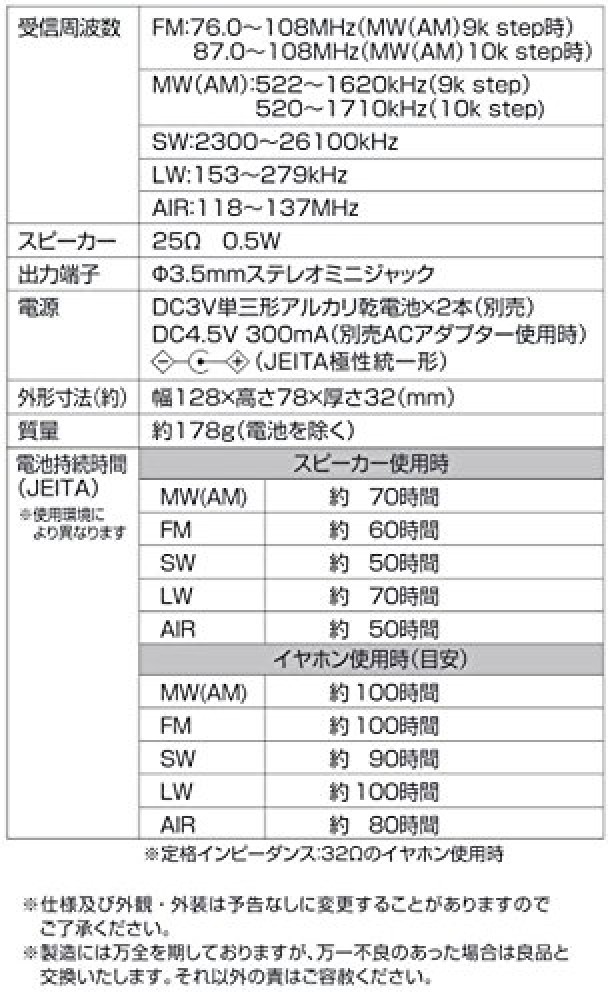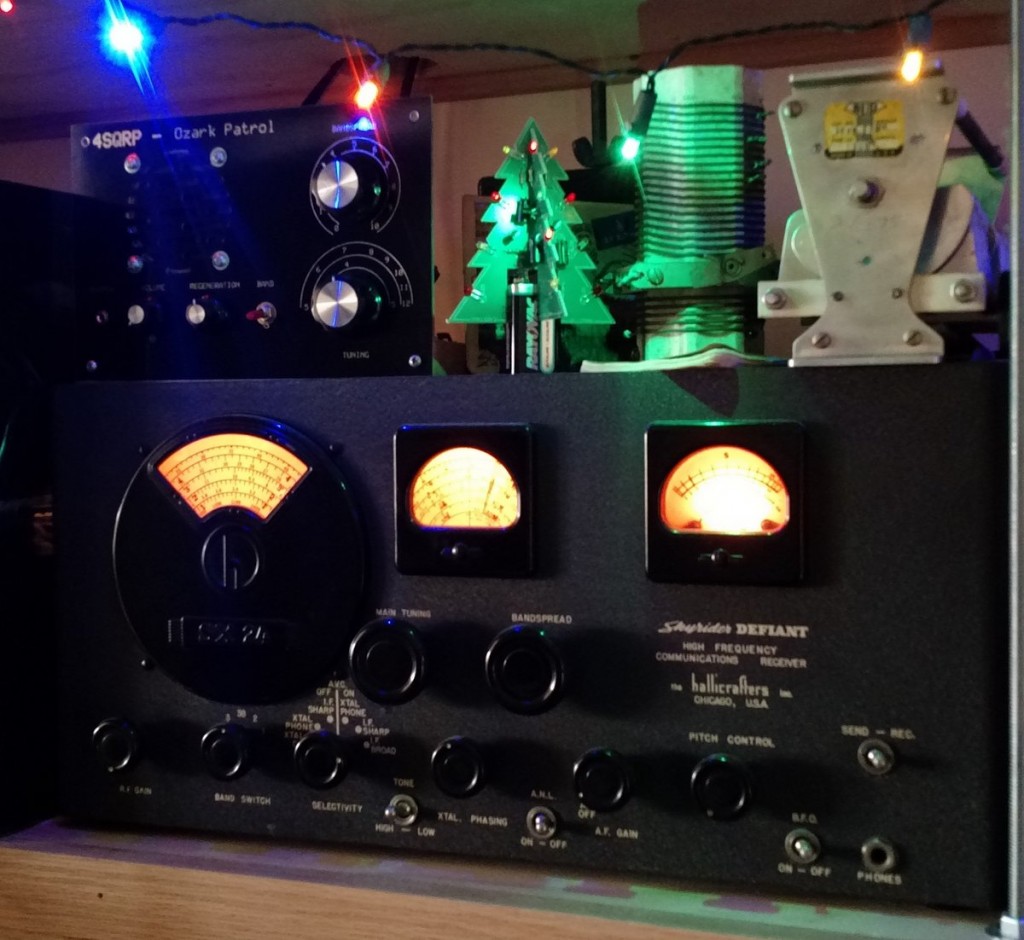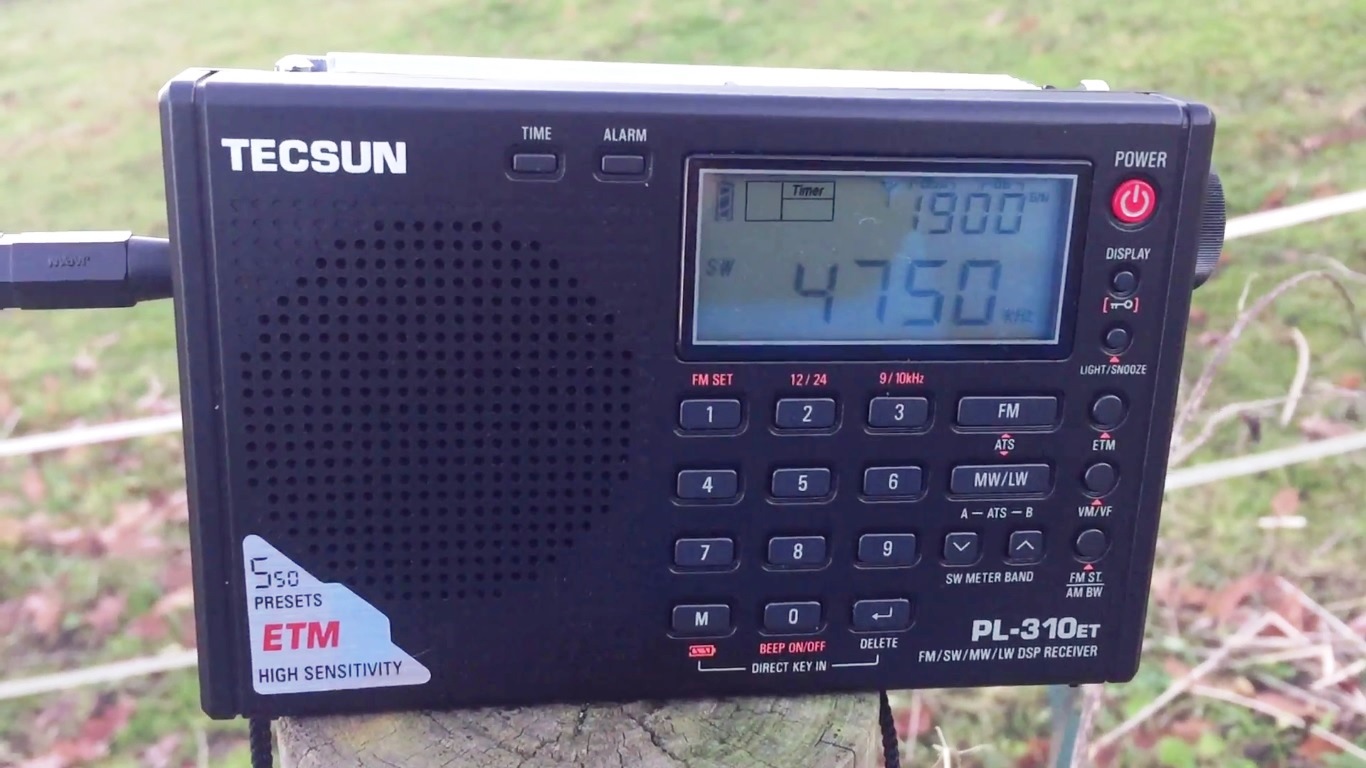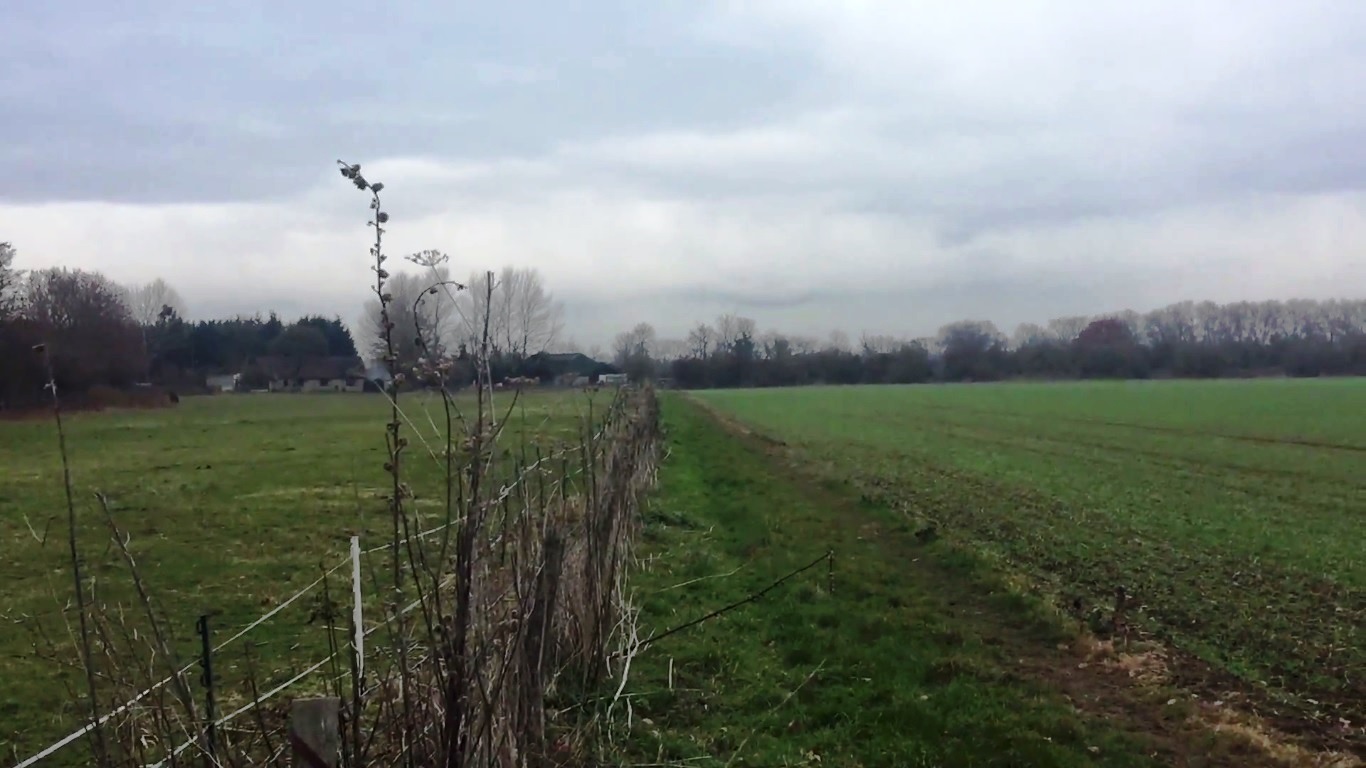Relays this Weekend
Hamurger Lokal Radio via Shortwave Station Göhren, Germany with 1KW to Western Europe:
6190 KHz Every Saturday 07.00 to 11.00 UTC
7265 KHz Every Saturday 11.00 to 16.00 UTC
9485 KHz Every Sunday 10.00 to 13.00 UTC
Contact email: [email protected]NEXT WEEK Radio City via:
IRRS to Europe on 7290 KHz (every 3rd Friday) between 19.00 to 20.00 UTC
IRRS to Europe on 9510 KHz (every Saturday) between 09.00 to 10.00 UTC
Challenger Radio to Northern Italy on 1368 KHz every Saturdays from 20.00 UTC onwards
Radio Merkurs on 1485 KHz Every Saturday between 20.00 onwards
Contact email: [email protected]
A comment: IRRS has been noted on a Sunday on 9880 kHz instead of 9510 kHz, in order to avaoid co-channel
interference from a domestic Chinese station. This may perhaps also apply to Saturday transmissions.European Music Radio Transmissions via;
WBCQ to Central & North America on 7490 KHz on 14th January between 22.00 to 23.00 UTC
KBC to Western Europe on 6045 KHz on 15th January between 09.00 to 10.00 UTC
Shortwave Station Göhren on 9485 KHz on 15th January between 09.00 to 10.00 UTC
Channel 292 on 6070 KHz on 15th January between 14.00 to 15.00 UTC
Contact email: [email protected]EMR Internet Repeats on 15th January 2017:
EMR will repeat this months Transmissions via two streams running at the following Times:16.00, 18.00, 20.00 UTC
http://nednl.net:8000/emr.m3u will be on 96 kbps /44 KHz stereo for normal listening
http://nednl.net:8000/emr24.m3u will be 24 kbps / 22 KHz mono will be especially for low bandwidth like mobile phones.
( at 17.00, 19.00 & 21.00 UTC are recordings from the 15th of January 1978 with AJ’s DX & Roger Tate’s mail box )KBC via:
Media Broadcast to America on 6145 KHz Every Sunday between 00.00 to 01.00
Contact email: [email protected]Hobart Radio via:
Channel 292 to Western Europe on 6070 KHz Sundays between 21.00 to 21.30 UTC
WRMI to Americas, Asia/Pacific on 9955 KHz Sunday between 03.30 to 04.00 UTC
WRMI to Americas, Asia/Pacific on 9955 KHz Tuesday between 22.30 to 23.00 UTC
WBCQ to North America on 5130 KHz Mondays 03.30 to 04.00 UTC
Contact email: [email protected]
For outside the listening area please try the Twente/Netherlands Web RX at http://websdr.ewi.utwente.nl:8901/
You can also hear many European free and alternative stations via the Internet at: http://laut.fm/jukebox
Radio Channel 292 Transmission schedules on 6070 KHz (on the air every day):
http://www.channel292.de/schedule-for-bookings/Radio Mi Amigo Transmission schedules:
www.radiomiamigo.es/shortwaveGood Listening!
73s
Tag Archives: shortwave
The SWLing Post: 3,000 posts and counting!
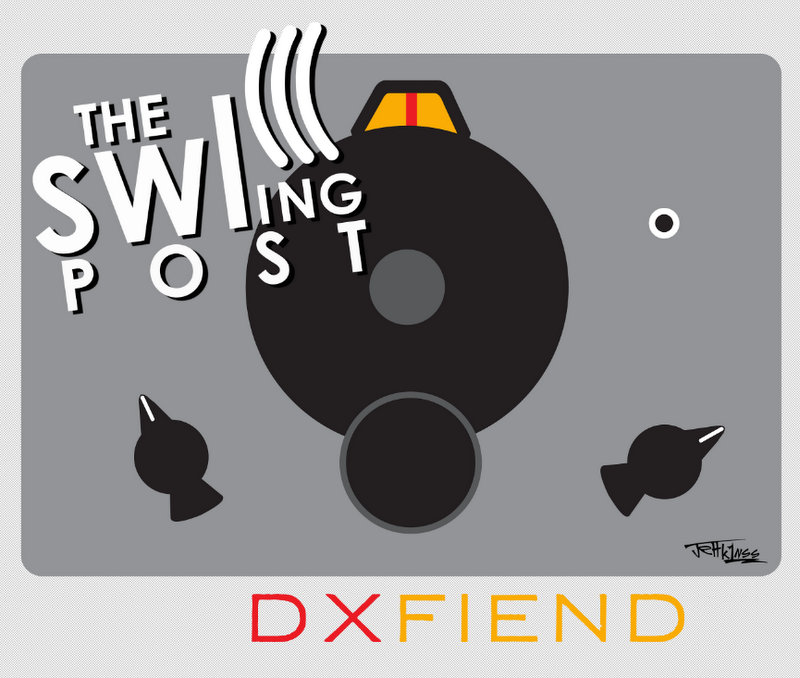 A couple of weeks ago, I noticed that we had crossed a small milestone here on the SWLing Post: as of this post, there are now 3,067 (!!!) published posts in our archives.
A couple of weeks ago, I noticed that we had crossed a small milestone here on the SWLing Post: as of this post, there are now 3,067 (!!!) published posts in our archives.
I simply can’t believe we’ve surpassed 3,000 posts–especially knowing we only passed 2,000 posts September of 2015.
People can say what they will about our shortwave hobby’s future, but I’m here to tell you that interest in is far from dead. Indeed, it is dynamic, alive and well!
This morning, I took a look at our web statistics via Google Analytics for the month of December 2016 (not including today).
It’s hard for me to believe we’re averaging about 6,790 daily pageviews!
And the secret sauce in surpassing 3,000 posts and healthy numbers? Our amazing contributors!
Thank you so very much!
As I’ve mentioned before, I had no aspirations for the SWLing Post to become a popular destination for shortwave and amateur radio enthusiasts; it was mainly a site where I could jot down things I found of interest to me and keep tabs on the radio and international broadcasting industry. I was simply making my bookmarks and thoughts public, perhaps a little in advance of the social media outlets that now exist for shortwave radio and related topics.
As we move into 2017, I’d like to thank you all for reading and contributing to the SWLing Post community!
Happy New Year, radio friends!
Radio Free Europe and Christmas
Many thanks to SWLing Post contributor, Richard Cummings, who shares the 1951 Radio Free Europe Christmas card above.
Richard also notes that he recently published a two-part series on RFE and Christmas on his blog, Cold War Radio Vignettes.
- Christmas and Radio Free Europe, Part One: Santa Claus, Freedom Girl and the Red Invader
- Christmas and Radio Free Europe, Part Two: Selected Summary
Both excellent reads! Thanks, Richard!
Reviews of the Elpa ER-C57WR shortwave portable?
I recently received an email from SWLing Post reader, Ibrahima Ditinn Diallo, regarding a receiver I had never heard of–the Elpa ER-C57WR. Ibrahima has been searching for a new receiver and is considering the Elpa.
I did a quick search and discovered that the Elpa ER-C57WR is available from a number of sellers on eBay–as both new and used for around $63 US shipped from China.
The form factor is very similar to the C.Crane CC Skywave, but it apparently lacks some of the Skywave’s functionality like weather radio and (perhaps?) multiple AM bandwidths. Here’s the ER-C57WR spec sheet:
Remembering a post from a couple years ago, I quickly realized the ER-C57WR is almost an identical match to the DigiTech AR-1733 available via Jaycar in Australia.
If the ER-C57WR is simply the same receiver as the AR-1733, I would be hesitant to recommend it. Many AR-1733 owners complained of lousy AGC performance.
Of course, it’s been a couple of years since the introduction of the AR-1733–perhaps this Elpa-badged version has been updgraded?
I’m curious if any SWLing Post readers have purchased the Elpa ER-C57WR and could comment about the receiver’s performance.
Winners of our holiday radio memories contest!
Please join me in congratulating Renaud Hardy and Bill Murray (AF7WM) who were picked at random out of the 45 entries in our Holiday Radio Memories contest!
I have notified both winners by email and Universal Radio will soon dispatch their prize: the Eton Grundig Edition Mini portable shortwave radio!
Thank you, Universal Radio, for sponsoring our December contest!
I’m going to format a large selection of responses and post them by December 24th here on the SWLing Post. And trust me–you’re in for a treat! Many of us can relate to these memories! Stay tuned!
The brilliant little Tecsun PL-310ET: serious DXing on a budget – part 2
Hi there, here is part two of my original post containing various reception videos for the amazing Tecsun PL-310ET pocket shortwave receiver. I continue to be amazed at the sensitivity and selectivity of this rather modest and diminutive receiver, particularly at it’s price-point of around £40 in the UK and less elsewhere! Here is the second half of the reception videos, with some nice signals from Brazil, Guinea, Ethiopia, Swaziland and India. You might notice that some of these catches involve the use of a 240 metre (approx.) length of barbed wire fence! I’m not sure how beneficial the electrical properties of the fence were, probably somewhere between not great and not good lol, but some pretty decent DX was had with the PL-310ET attached to it via the external antenna socket and a crocodile clip!
The barbed wire fence extends almost to the treeline on the horizon; about 240 metres
I hope you enjoy this set of reception videos, they certainly help to demonstrate the great performance of the PL-310ET and in addition of course, it’s ability to handle large antennas quite well. Embedded videos and text links follow below. Lastly, there are now approaching 1,200 reception videos on my YouTube channel Oxford Shortwave Log and I would like to take this additional opportunity to thank everyone for their support, friendship and advice. In the meantime, I wish you all a very Merry Christmas, a Happy New Year and excellent DX!
- Tecsun PL-310ET: TWR Africa 9500 kHz, Manzini, Swaziland, wonderful reception!
- Tecsun PL-310ET: Radio Publique Africaine 11550 kHz, Talata-Volonondry, Madagascar
- Tecsun PL-310ET: Radio Nacional Brasilia 11780 kHz, early evening reception
- Tecsun PL-310ET + 240 metre barbed wire fence = 100 signals detected
- Tecsun PL-310ET first test: Radio Guinée 9650 kHz Conakry, Guinea
- Tecsun PL-310ET: AIR Jeypore 5040 kHz, India, via 240 metre barbed wire fence
- Tecsun PL-310ET first test: Radio Fana 6110 kHz, Addis Ababa, Ethiopia
- Tecsun PL-310ET: Bangladesh Betar closing down 4750 kHz via a 240 m barbed wire fence
Clint Gouveia is the author of this post and a regular contributor to the SWLing Post. Clint actively publishes videos of his shortwave radio excursions on his YouTube channel: Oxford Shortwave Log. Clint is based in Oxfordshire, England.
December 15 and 16: Amelia Earhart research broadcast

Amelia Earhart’s Lockheed Electra 10E. During its modification, the aircraft had most of the cabin windows blanked out and had specially fitted fuselage fuel tanks. (Source: Wikipedia)
I’ve been sent this message from a number of sources. I hope it’s true as it’s a fascinating concept:
Hi, my name is Les Kinney and I am a retired federal agent and historical researcher. I am part of a group that will be traveling to a remote atoll in the Marshall Islands in mid-December. Our research concerns the theory that Amelia Earhart ran out of gas and landed wheels down next to a small island at Mili Atoll. There were three local natives who witnessed this landing during the late morning of July 3, 1937. We have found aircraft artifacts on this small island which we believe may have come from Earhart’s Lockheed 10E.
We also believe Earhart broadcast distress messages that were heard for the next several days. These voice transmissions were heard by the U.S. Coast Guard, Navy, three Pan Am listening stations and several radio listeners in the United States, Canada, Nauru, and Australia.
Unfortunately, because of atmospheric conditions, most likely caused by thunder storms, most of the messages were garbled and unreadable. Several radio listeners believed they heard Earhart speaking. Most heard a word or two; some a sentence or more. Some thought they heard partial latitude and longitude coordinates. None heard Earhart report she was at a specific geographic location except one. That person was Nina Paxton, a registered nurse from Ashland Kentucky. Nina had a new Philco console radio and said she heard Earhart around 2 pm Eastern Standard Time on Saturday July 3rd, 1937. Nina reported Earhart saying they were down on a little island at Mili Atoll. Amelia mentioned her navigator, Fred Noonan, was hurt, they were almost out of gas and warned they couldn’t stay there long.
Earhart’s Lockheed Electra was equipped with a 50 watt Western Electric model 13C transmitter. Earhart would have had to have one engine running to transmit. For a variety of technical reasons, she would have likely been transmitting on 6210 kilocycles high on the AM band which was her day time frequency. There is a remote chance she was broadcasting on 3105 kilocycles her night time radio frequency.
We would like everyone’s help. We are going to attempt to duplicate that 1937 transmission from this remote island. We will use Earhart’s identifying call sign of KHAQQ to begin the broadcast. We will broadcast twice: at 12:30 pm or 1230 hours Eastern Standard Time (EST) and again at 1:00 pm EST or 1300 hours on two successive days, December 15, and 16th, 2016. The first broadcast will be on 6210 kilocycles and will last for one minute. We will repeat the message twice, two minutes apart. After the third transmission on 6210 kilocycles, there will be a three minute pause and we will then broadcast the same message on 3105 kilocycles for one minute, three times, with a two minute delay after each message.
We know this is a long shot. We can’t duplicate the atmospheric conditions from July 1937 and there is so much more RF interference in 2016. But it is worth a try. We are asking everyone having a receiver capable of listening to this broadcast to tune in on these frequencies.
Whether you have an old 1930’s radio, or a modern radio with short wave capabilities, keep your cell phone cameras and video cameras ready to capture the moment. Flash the camera on your set and then to yourself while you record our broadcast. If you’re lucky enough to pick up the transmission, you will likely get five seconds of fame on a future TV documentary.
If you do receive our Earhart recreated broadcast and capture the message on your cell phone camera or camcorder, call us on site in the Marshall Islands via satellite phone. That number is: 011-881-651-463- 951.
Please pass this message on to any other radio groups, forums, or interested friends. Schedule: December 15, and 16, 2016 6210 Kilocycles: 12:30 pm – 12:32 pm – 12:34 pm (All times EST) +5 for GMT 3105 Kilocycles: 12:37 pm – 12:39 pm – 12:41 pm 6210 Kilocycles: 1:00 pm – 1:02 pm – 1:04 pm 3105 Kilocycles: 1:07 pm – 1:09 pm – 1:11 pm Les Kinney [email protected]
Schedule
December 15th and 16th, 2016, callsign KHAQQ
- 6210 kHz: 1730 UTC (12:30 pm – 12:32 pm – 12:34 pm EST)
- 3105 kHz: 1737 UTC (12:37 pm – 12:39 pm – 12:41 pm EST)
- 6210 kHz: 1800 UTC (1:00 pm – 1:02 pm – 1:04 pm EST)
- 3105 kHz: 1808 UTC (1:07 pm – 1:09 pm – 1:11 pm EST)
There is little hope this broadcast could be heard in eastern North America (based on time of day and frequencies), but I imagine it could be received in Oceana and Asia.
I’ve written Les Kinney asking for more information. I’m specifically interested if his team has gotten special permission to use this callsign. This is a fascinating way to test the theory.
Please comment if you manage to receive this broadcast or if you have any further information!

